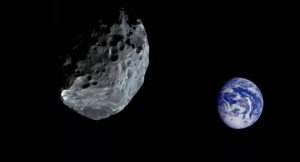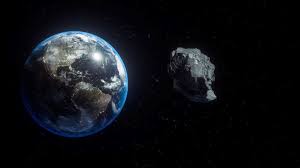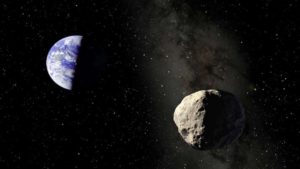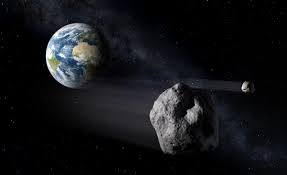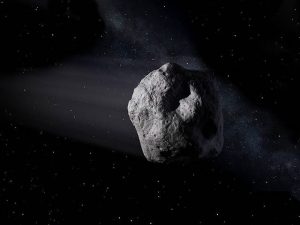
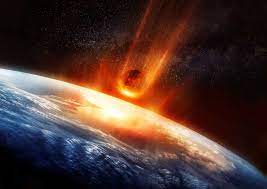
AARON REICH – January 3, 2022
A massive kilometer-sized asteroid is set to fly past the Earth later this month in what is set to be the first flyby of an asteroid of this size during 2022, according to NASA’s asteroid tracker. This asteroid could cause a worldwide cataclysm if it impacted Earth, but this is thankfully extremely unlikely to happen.
Dubbed 7482 (1994 PC1), this asteroid has an estimated diameter of at least 1 kilometer, and could possibly be around 1.3 kilometers wide. For comparison, that’s over four times the size of the Eiffel Tower and 3.5 times the size of New York City’s Empire State Building.
The asteroid is categorized as an Apollo-class asteroid, meaning its orbit is wider than Earth’s and its orbital path around the Sun can cross the path of our own planet. Further, it has also been designated a potentially hazardous asteroid by NASA.
However, an impact is extremely unlikely. According to NASA’s calculations, 7482 (1994 PC1) will pass the Earth on January 18 at a distance of around 1.98 million kilometers away. For context, the Earth’s distance from the moon, approximately 384,000 kilometers, is over five times less than that.
This is in line with NASA’s prior predictions, which estimated that the Earth would be free of risk from any asteroid impacts within the next 100 years.
But had the Earth not been so lucky, the results could have been catastrophic.
